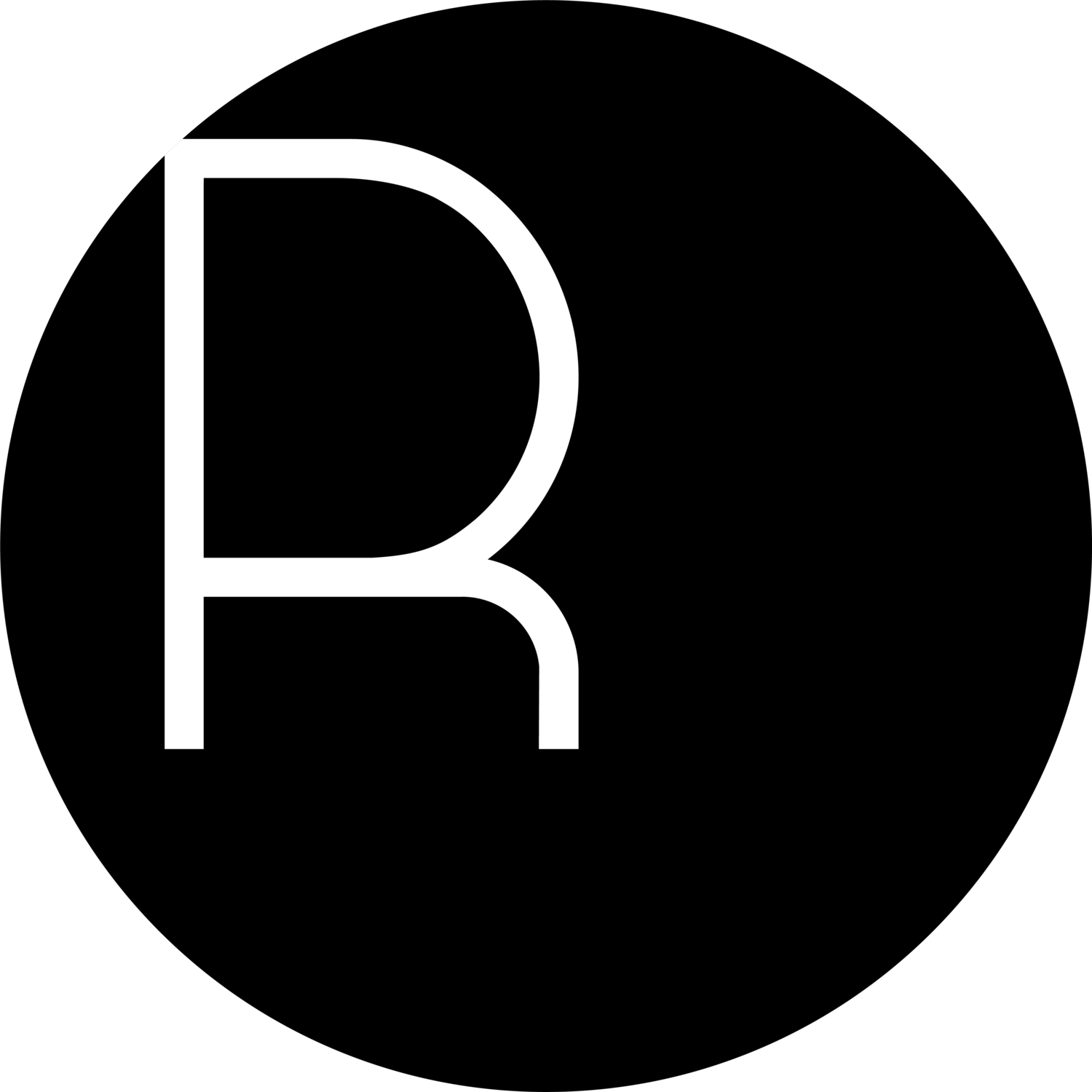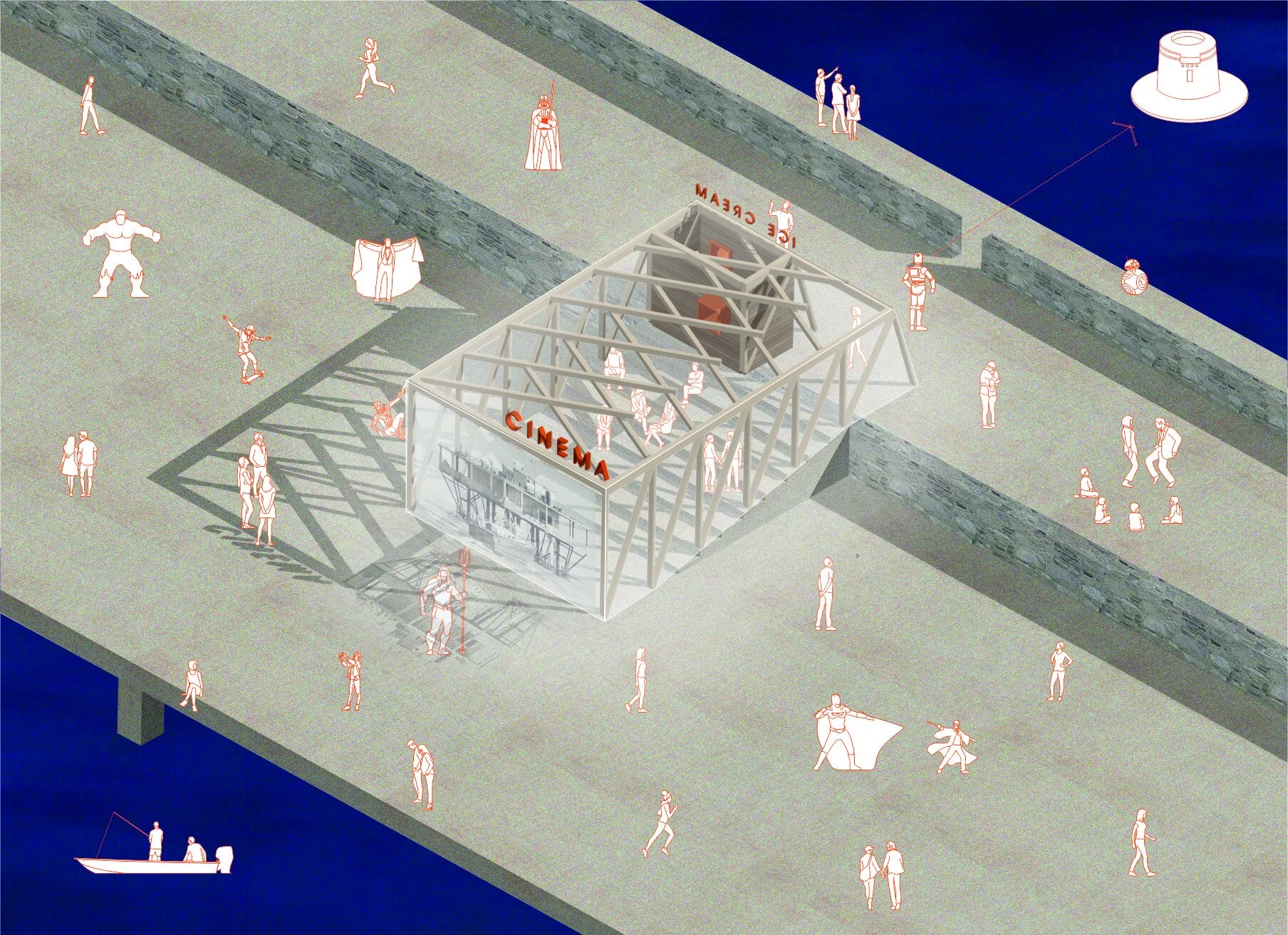
Back to the Future of Public Space: Postcards from 2020
Virtual Exhibition
“Space is a doubt: I must continually identify it, design it. It is never mine, it is never given to me, I must conquer it.” - Species of Spaces, George Perec, 1989
“Cities are public reservoirs for the production of private experiences.” - Density Noodles, Michael Sorkin, 2011
The exhibition “Back to the Future of Public Space: Postcards from 2020” showcases visual contributions from all over the world by architects, artists, designers, and activists reflecting on how public space has changed due to the current pandemic.
2020 has challenged our ways of living and making sense of the world. This year drove us as humans to rethink our daily life in both the private and public sphere. Public space has especially been questioned; our understanding of it and the way we use it have been completely revolutionised while we are still making sense of this shift. Public space is at the core of the urban experience. It is a shared resource for cities and their inhabitants; it is the ground for everyday negotiation, sharing, cohabitation, exchange. We shape it and simultaneously it shapes us; that is, our behaviours, our imagination, and our performances, through our human and material relationships. Density, diversity, and proximity are the essential qualities of public space. The current pandemic outbreak has questioned those qualities, opening to new interpretations and evaluations.
At the end of 2020 Rhizoma Lab launched a call for postcards (https://backtothefutureofpublicspace.tumblr.com/) inviting everyone to reflect upon the paradigm shift happening in our cities, observing and documenting the changing everyday praxis of inhabiting public space as well as envisioning its future, and to capture those reflections and ideas in the format of a postcard.
The Postcard encapsulates the idea of travelling - the action forbidden by the pandemic. Nevertheless, our thoughts and imagination can still travel and reach far shores
The online exhibition is an observatory of practices, perspectives, memories, and futures that are currently shaping public space.


























































































